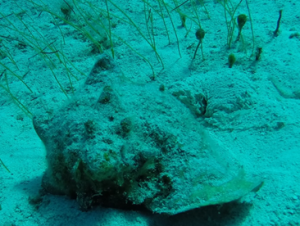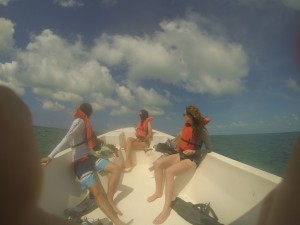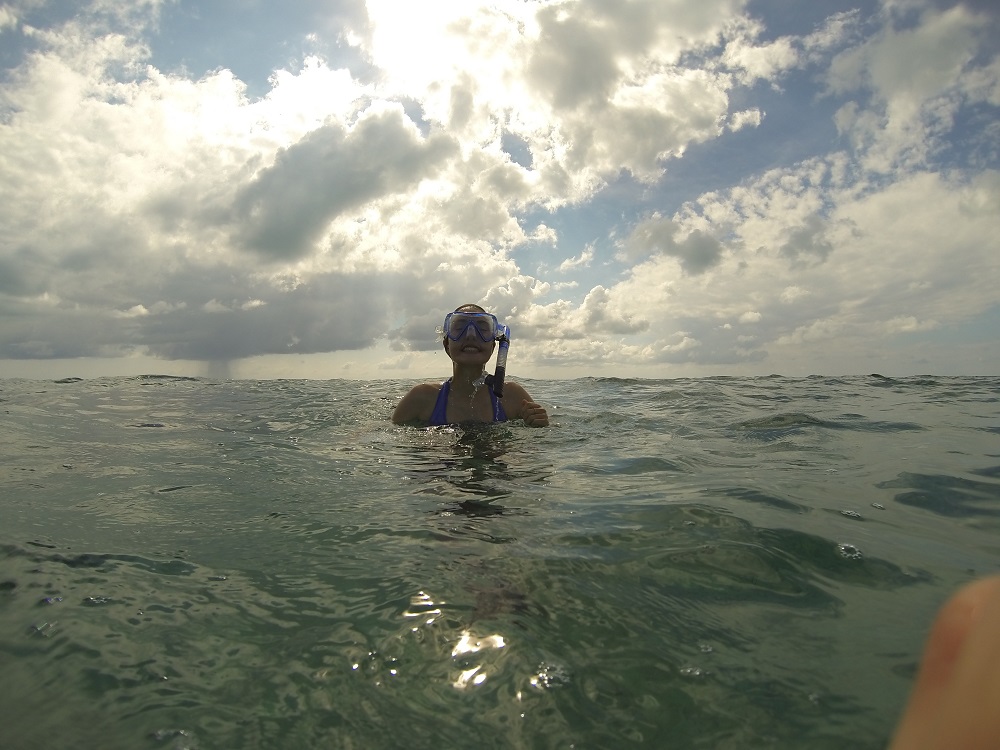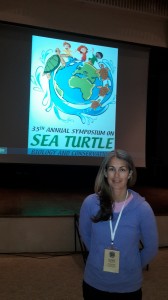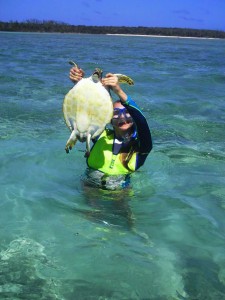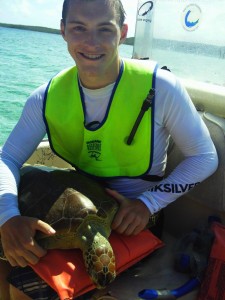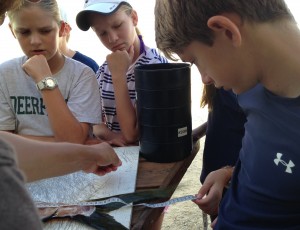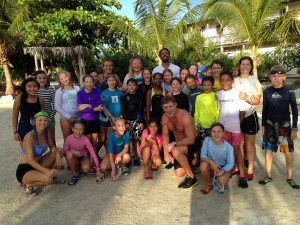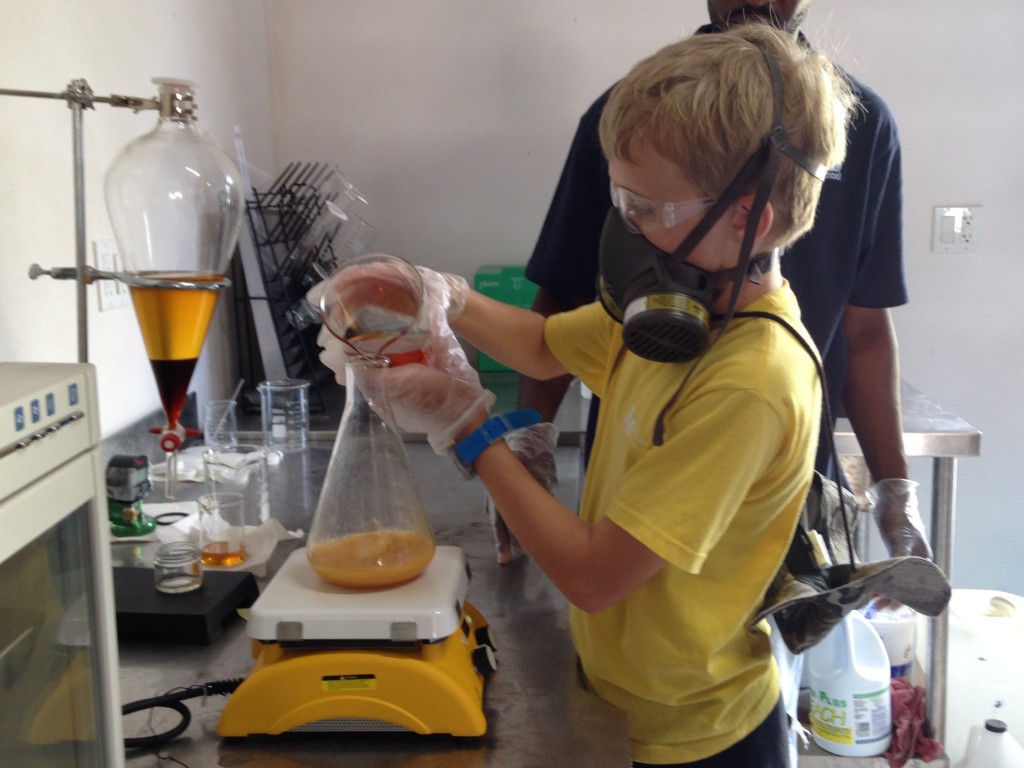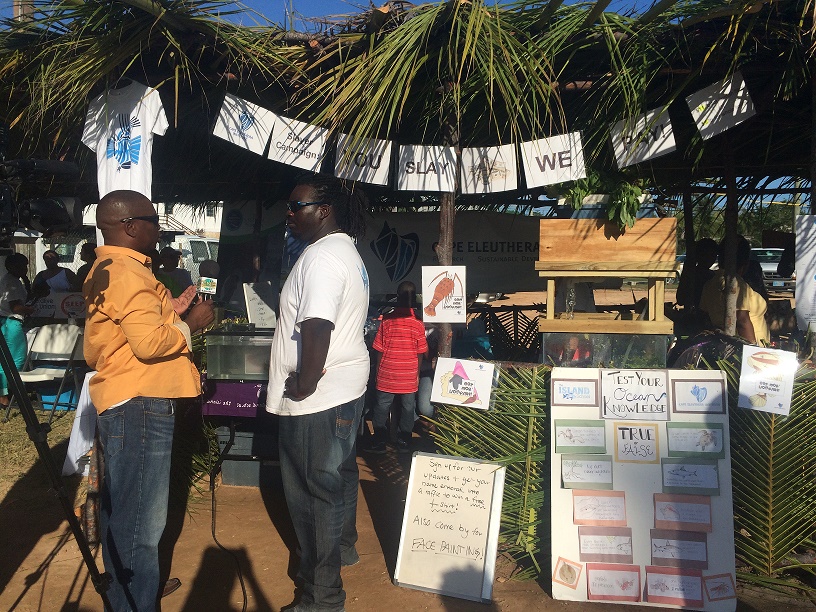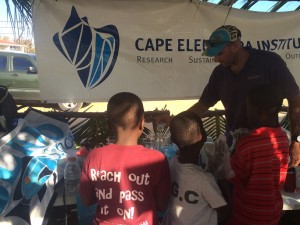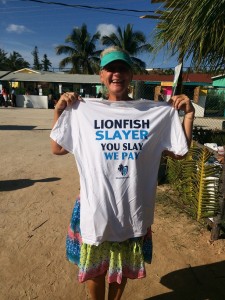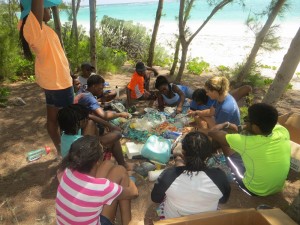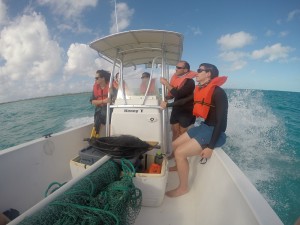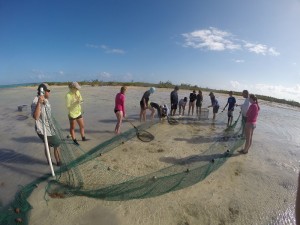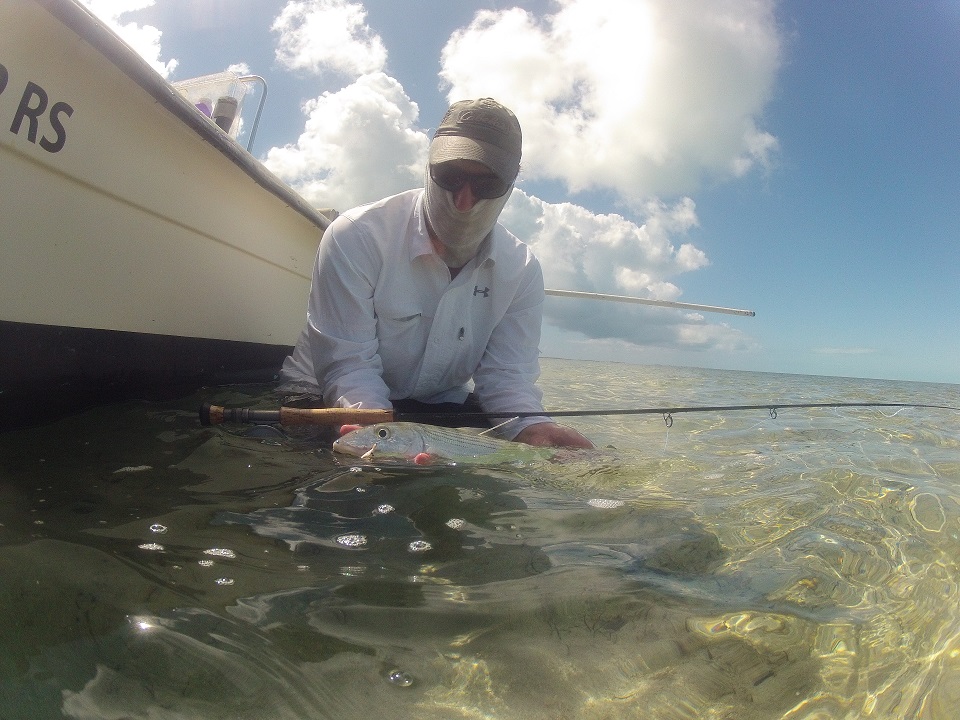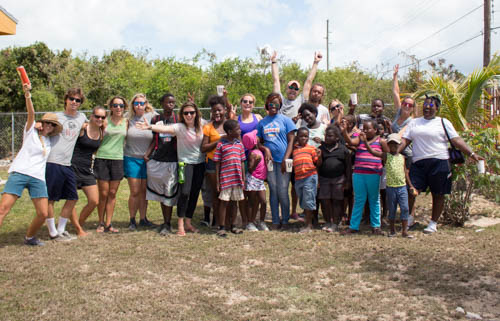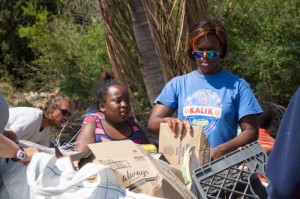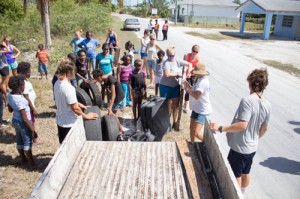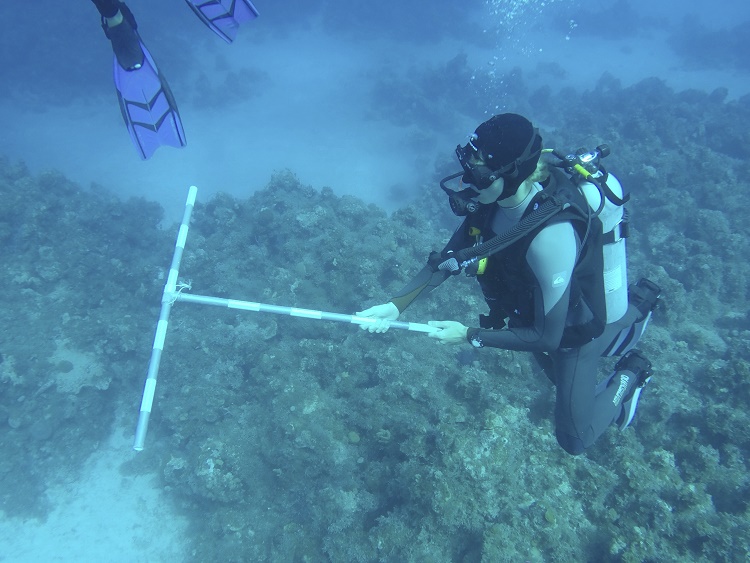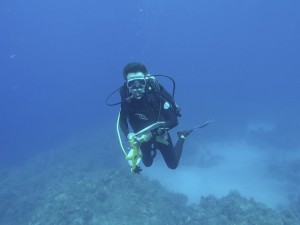During the first week of May, Cape Eleuthera Institute and the Sea Turtle Research and Conservation Program were honored to welcom Dr. Karen Bjorndal and Dr. Alan Bolten to our facility. Dr. Bjorndal and Dr. Bolten are co-directors of the Archie Carr Center for Sea Turtle Research at the University of Florida and collaborators on the “Tracking Sea Turtles in the Bahamas” Earthwatch program conducted at CEI.
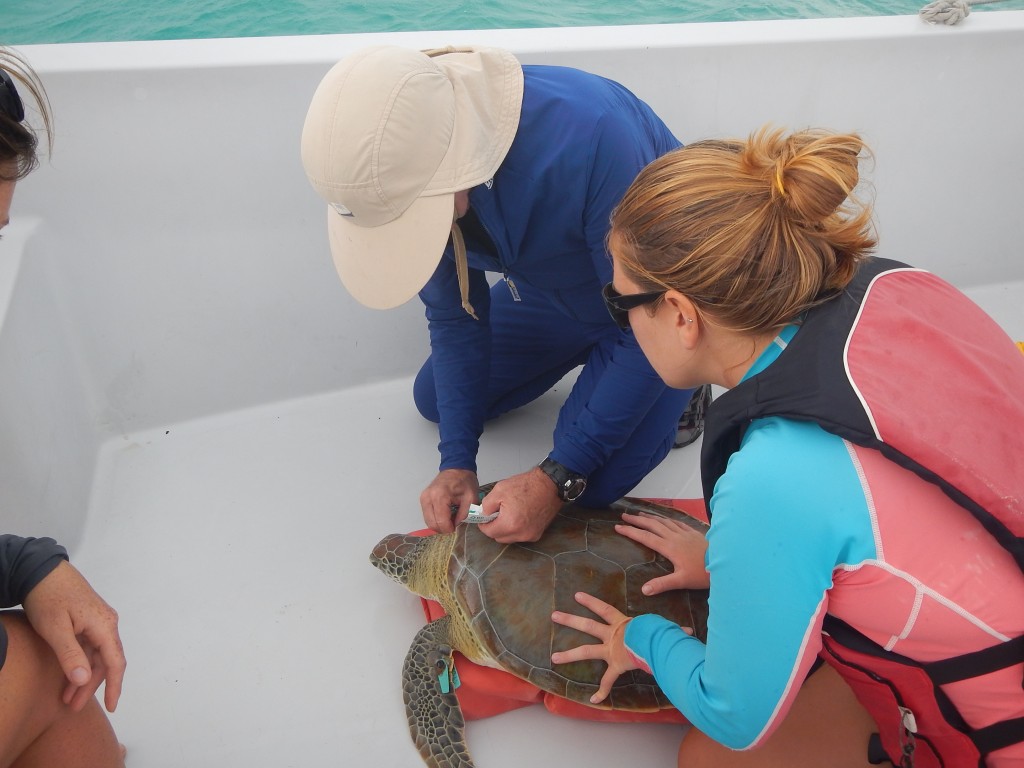
Dr. Bjorndal and Dr. Bolten came to CEI to discuss the program as well as scout out potential study sites for their newest graduate student to investigate the effect of green sea turtles on the carbon cycle of seagrass beds. They also accompanied the turtle team on a trip to Starved Creek. Here, Drs. Bjorndal and Bolten taught the turtle team how to take skin biopsies from a sea turtle. These skin biopsies will be used to conduct stable isotope analysis, an analysis that examines the diet of the turtle, as well as genetic analysis. The genetic analysis will help give the team at CEI an idea of which rookery (nesting area) the sea turtles came from as the green sea turtles feeding off the shores of Eleuthera most likely traveled long distances from their hatching grounds.
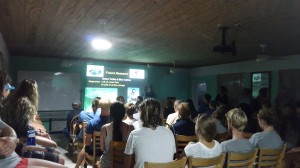
On their final night at CEI, Dr. Bjorndal gave a presentation to the Island School students and staff. Dr. Bjorndal was a doctoral student of Archie Carr, the grandfather of sea turtle research, and her presentation gave background information on sea turtles in the Bahamas and provided insight into the research she has conducted for the last 40+ years in The Bahamas. Dr. Bjorndal initially monitored nutritional ecology of green sea turtles in the early 70’s but this has grown into a long term monitoring program in Inagua, southern Bahamas. She and Dr. Bolten also monitor abundance of sea turtles (green, loggerhead, and hawksbill) as well as growth rates of sea turtles throughout various sites in the Bahamas.
The turtle team are grateful for the time they got to spend with these distinguished scientists and look forward to their graduate student joining the team at CEI next year!
